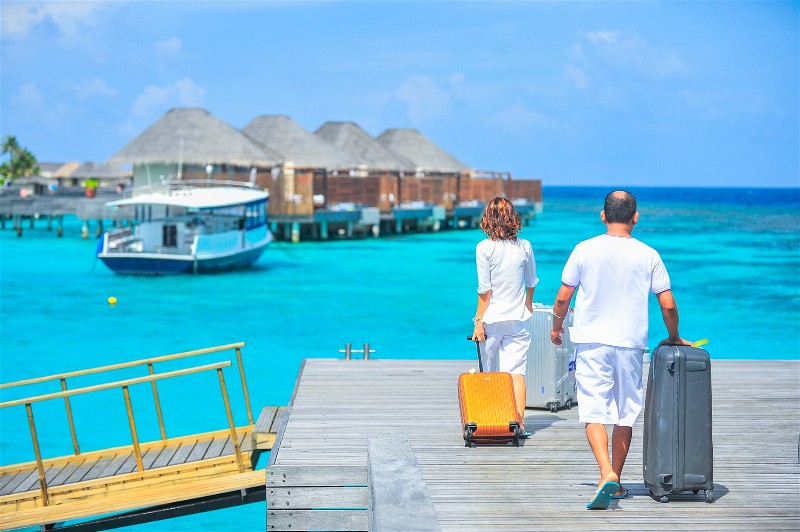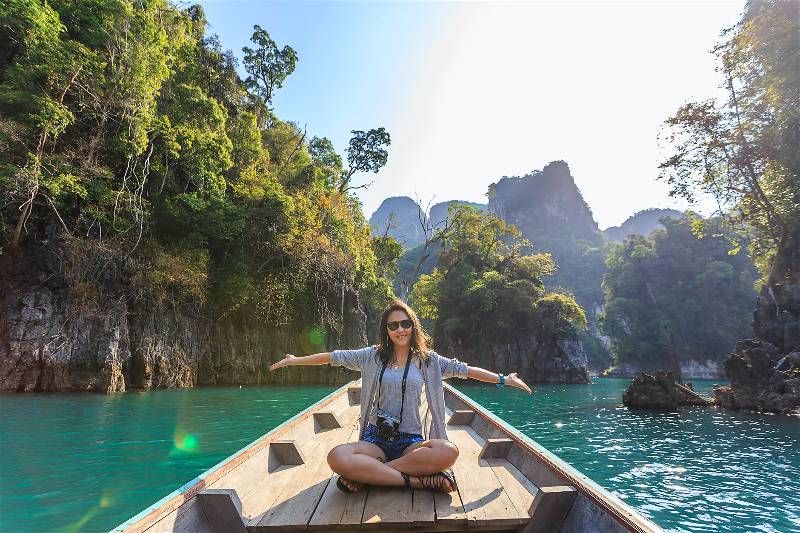Suddenly the freedom of the traveller was usurped by a deadly virus. If even simple trips to the market were forbidden and then restricted, who will say a trip out of the country. Borders promptly closed, and there was nothing to do but wait. Vaccines were developed and the world population united in the cause of immunization, and thus the light at the end of the tunnel of a possible post-pandemic tourism was already visible.
We had already understood that times would change in the first 15 days that turned into months and now more than a year, but what about travelling after the pandemic? In fact, is it possible to travel the world even with the existence of the Corona virus?
These and more scores on tourism trends post social isolation will be highlighted in this text.
What has the tourism sector looked like post-pandemic?
There is not even one sector of the economy that has not been impacted by the pandemic. We know that it's not over yet and we don't know when it will end, but what about those trips that were postponed and had scheduled dates? And closing trips now, has it been possible?
The resumption of national and international travel has been done in a gradual and regimented way, but the complete return in all the countries of the world is not yet known when it will be, but it is believed that it will come.

The new security protocols
We all learned to live the new normal, so tourism also needed to adapt. Health protocols have been defined and adopted by all segments of tourism in order to encourage people to travel responsibly, safely and conscientiously. These are some of them:
- mandatory wearing of mask;
- hand, object and surface hygiene with 70% alcohol;
- Covid-19 test (PCR);
- control of visitors with reduced occupancy;
- visual or perceived indication of social distancing, etc;
The repressed demand for tourism
Do you know what suppressed demand is? Basically this happens when a consumer wants or needs to acquire a product or hire a service and is prevented from doing so for some reason beyond their domain.
It may seem only negative, but if well observed it is possible to use the repressed demand as an opportunity for the growth of a company in the segment in which it operates. It is precisely this premise that tourism has taken advantage of in a positive way.
To assume that travel stopped entirely in the pandemic is not an absolute truth in the country, given that those who were barred from crossing country borders could still visit certain places in their own. "Go out on a road trip to a house in the mountains, why not?" they thought. The important thing has always been social awareness.
But what interests us at this moment is not so much the past, but the future, and on this point the repressed demand has made tourism a winner: even during the social isolation people still booked trips for a year ahead, and now with the gradual return the prices are even more attractive and accessible.
However, tourism consumption patterns have also changed. Want to know more?
Post-pandemic tourism trends

As said, everything has changed and innovated, with individual and collective security as the basis, tourism has presented six trends that are repeated for most international destinations:
- sustainable consumption: sports and nature-oriented tourism has been gaining more and more strength, but this is not only in the choice of destination, but also in the ways of enjoying the moments with family and friends, for example;
- fear of agglomeration: it had been exposed to all the forms of contamination that we were continuously exposed to, so because of this and the impact of social isolation people have increasingly preferred a path more oriented towards nature destinations;
- public division: the impact was generalized and financial losses for individuals and companies were greater for some than for others, so those who have already returned to travel were the A class, the least financially affected by the pandemic. The initial demand is for this more structured public;
- new sanitary and border rules of the countries: besides having to deal with the requirements previously considered normal for international trips such as passport, travel insurance, visa, etc, it is still necessary to pay attention to the vaccination card with immunization against coronavirus and the performance of PCR tests and quarantines of 12 to 15 days in some destinations;
- travel bycar: travellers have been avoiding airports, bus stations and underground stations, so the displacement performed in own and rented vehicles has gained prominence. Freedom and comfort anywhere!
- extreme (and correct) concern for health safety: self-explanatory, people only want to stay in places with strict cleanliness standards;
What does it take to travel internationally in post-pandemic tourism?
As hard as it is to say, Brazilian tourists are not very desirable in many countries because of the high incidence of the coronavirus in the country, the lack of efficient public policies and the circulation of variants of the disease.
But don't worry, as the vaccination of the Brazilian population has been carried out and the statistics of those infected have fallen sharply, some countries have already changed the rules regarding the opening of borders to Brazil.
United States
The United States border will be open from November 2021 for travellers vaccinated against Covid-19, according to a statement from the White House itself. However, at the time of writing, the general rules have not yet been completely defined, but most likely the requirements will be around proven immunization, conducting PCR on entry and exit of the countries, as well as the possibility of mandatory quarantine also on entry and exit.
Europe
In Europe, several countries such as Germany, Spain, Finland, France, Holland, Ireland, Portugal, United Kingdom, Switzerland, among others, opened their borders to Brazilian travellers under certain conditions:
- complete immunisation (14 days after vaccination);
- by performing PCR test (maximum 72 hours before shipment) or antigen test (collected maximum 48 hours or 24 hours before shipment);
- some countries still require quarantine of 10, 12 and 14 days;
Keeping an eye on the news is important in this case, as every day more countries are taking Brazil off the "red list".
Latin American countries
Some Latin American countries already meet the expectations of Brazilians and have opened their borders for tourism provided these requirements are met:
- Negative Covid-19 test: PCR 72 hours before departure and between the fifth and seventh day of travel, and sometimes the antigen;
- Complete immunisation;
- International Vaccination Certificate (CIVIP);
- Quarantine;
- Travel insurance (some countries).
Remember that these rules are not absolute and neither are they unitary, so each country in Latin America adapts them according to its needs. Always check the website of the embassies of each country when planning your trip. And don't forget to plan your trip with all the comfort for you and your family: rent a car with Happy Tours!
